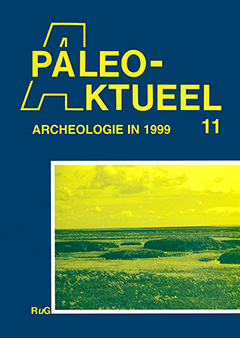EMMERTARWE (FARRO), TAMME KASTANJE EN DE 'MARCITE' VAN NORCIA IN ITALIË
Samenvatting
The Land Use Requirements of primitive emmer (Triticum dicoccum) are difficult to glean from the literature. This was a reason to visit some farmers in Italy who still cultivate emmer in a traditional way. Genetically, this crop has changed little since Roman times, which makes it a suitable reference. Emmer produces the highest yields on acid, non-calcareous, clayey or sandy soils. Two varieties exist: autumn-sown and spring-sown emmer. In regions with harsh winter conditions, spring-sown emmer varieties are grown, despite the fact that the yields are lower compared to the autum-sown emmer varieties. The museum at San Pellegrino in northern Italy reveals the importance of sweet chestnut in the Garfagnana region up into the 20th century. Sweet chestnut was a more important staple-food than cereals; the trunks of the trees were used for a wide range of purposes. An ancient (going back to at least the 13th century AD) agrarian method of haymaking near Norcia (Umbria), involving the inundation of grasslands, will probably be lost, because the system is no longer profitable.

